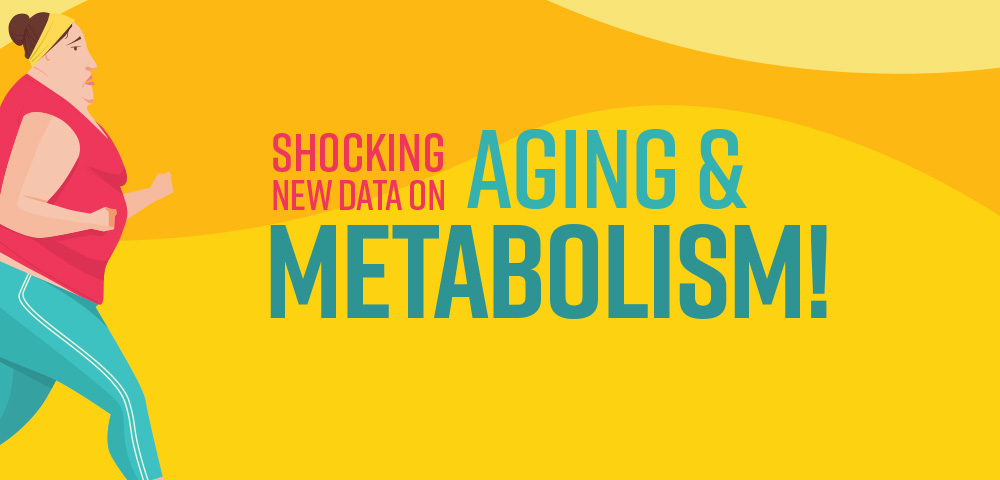
New research published in the journal Science tells us we shouldn’t blame our middle-age weight gain and sluggishness on a slowing metabolism.
Quoting findings from a study that included 6,500 participants across the age spectrum, all of whom had their resting metabolic rates tested, the journal says researchers found no real change in our metabolism between ages 20 and 60. Yes, there was some slowing after the age of 60 – but just by 1% per year.
To further defy the conventional wisdom of a slowing metabolism as a factor in energy and weight gain, the study found no differences in resting metabolic rates between men and women. In particular, there was no evidence that menopause slows resting metabolism in women.
Well, there goes that excuse!
But there’s a but: The research focuses on the rate at which our bodies burn calories while at rest. Scientists say one takeaway from the study is that the real reason we gain weight or feel lethargic as we age may have to do with what’s happening or not happening when we are, or should be, active.
Here are issues that contribute to slow metabolism and weight gain:
When exercising, we slow down and switch to less-challenging activities. Over the years, we have become more sedentary and lost muscle mass, reducing our ability to burn calories efficiently while at rest. We may have developed sleep problems that keep us from getting the rest our metabolism needs to function correctly.
To increase or restore a healthy resting metabolism:
Professor Edward Coyle of the University of Texas at Austin recommends taking a minimum of 8,500 steps per day – that is, throughout the day, not all at once.
Adding strength training and high-intensity interval training (HIIT) to our activity mix. Strength training increases muscle mass, which by itself can increase our calorie burn. By alternating periods of high activity and rest, interval training effectively reduces fat mass. To add HIIT to your walk, begin walking until you have warmed up. After that, walk as fast as you can for 3–4 minutes, then slow down for a few minutes and resume walking as fast as you can. Repeat for 20 minutes.
Guard against “exercise resistance.” Coyle’s research has shown that people who are primarily sedentary or inactive throughout their day enjoy less health benefits from their workouts. To maintain or increase your body’s ability to metabolize fat while at rest, don’t give up on longer workouts. Instead, add shorter, more frequent bursts of activity to the hours around a longer workout.
Clearly, we can no longer blame our old, lagging metabolism on age or menopause alone. That’s terrible news for many of us; but the good news is, the latest research shows that having abundant energy and maintaining a healthy weight is within our control.












